Blue Meanie mushrooms, scientifically known as Panaeolus cyanescens, are renowned for their potent psychoactive properties. These mushrooms have garnered attention for their intense effects and historical use in various cultures for spiritual and therapeutic purposes.
Importance and Relevance of Blue Meanie
The growing interest in psychedelic substances for mental health treatment has brought Blue Meanie mushrooms into the spotlight. Understanding their effects, uses, and risks is crucial for both recreational users and those exploring their therapeutic potential.
Types and Categories
Variations of Blue Meanie Mushrooms
Blue Meanie mushrooms primarily belong to the species Panaeolus cyanescens. However, Psilocybe cubensis, another species known for its psychedelic properties, is sometimes referred to as Blue Meanie in certain contexts due to its blue bruising when handled.
Psilocybe Cubensis vs. Panaeolus Cyanescens
Psilocybe cubensis and Panaeolus cyanescens differ significantly in potency and appearance. Panaeolus cyanescens is known for its more intense psychoactive effects, while Psilocybe cubensis is more commonly found and used.
Geographic Distribution
Blue Meanie mushrooms thrive in tropical and subtropical regions around the world. They are commonly found in South and Central America, Southeast Asia, and parts of Africa and Australia.
Symptoms and Signs
Physical Effects
Consumption of Blue Meanie mushrooms can lead to various physical effects such as dilated pupils, increased heart rate, nausea, and muscle weakness. These effects usually set in within 20-40 minutes after ingestion and can last up to six hours.
Psychological Effects
Psychologically, users may experience profound alterations in perception, mood, and cognition. These include visual and auditory hallucinations, changes in the sense of time, and heightened emotional states.
Duration of Effects
The overall duration of a Blue Meanie trip can vary but typically lasts between four to six hours. However, some residual effects, such as altered mood or perception, can persist for several days.
Causes and Risk Factors
Active Compounds in Blue Meanie
The primary psychoactive compounds in Blue Meanie mushrooms are psilocybin and psilocin. These substances interact with serotonin receptors in the brain, leading to their characteristic hallucinogenic effects.
Biological Factors
Individual responses to Blue Meanie mushrooms can vary based on genetic factors, overall health, and psychological state. Some individuals may be more susceptible to intense or adverse reactions.
Environmental and Lifestyle Factors
The setting in which Blue Meanie mushrooms are consumed significantly influences the experience. Factors such as the user’s environment, state of mind, and the presence of a supportive guide can impact the trip’s outcome.
Diagnosis and Tests
Identifying Blue Meanie Mushrooms
Accurate identification of Blue Meanie mushrooms is essential to avoid consuming potentially dangerous look-alikes. Key features include their blue bruising, black spores, and the presence of a white to off-white stem.
Medical and Psychological Evaluations
For those experiencing severe or unexpected reactions, medical and psychological evaluations can help determine the best course of action. This includes assessing the user’s physical and mental health to provide appropriate care.
Laboratory Tests
Laboratory tests can confirm the presence of psilocybin and psilocin in biological samples. These tests are typically used in research settings or in cases of suspected poisoning.
Treatment Options
Medical Treatments
In cases of adverse reactions, medical treatments may involve supportive care, such as hydration and monitoring vital signs. In severe cases, antipsychotic medications may be administered.
Psychological Therapies
Therapies such as cognitive-behavioral therapy (CBT) can help individuals integrate their psychedelic experiences and address any underlying psychological issues. Guided sessions with trained therapists are also being explored in clinical settings.
Lifestyle Adjustments
Regular use of Blue Meanie mushrooms requires careful lifestyle adjustments to ensure safety. This includes setting boundaries for usage, maintaining a healthy diet, and avoiding mixing with other substances.
Preventive Measures
Safe Usage Guidelines
Following safe usage guidelines can minimize risks associated with Blue Meanie mushrooms. This includes starting with a low dose, having a sober sitter present, and consuming in a familiar, safe environment.
Legal Considerations
The legal status of Blue Meanie mushrooms varies by region. In many places, they are classified as illegal substances, making their possession, use, and distribution subject to legal penalties.
Harm Reduction Strategies
Harm reduction strategies, such as education on dosage, recognition of adverse effects, and access to emergency services, can reduce the potential negative outcomes of mushroom use.
Personal Stories or Case Studies
Individual Experiences
Personal accounts of Blue Meanie mushroom experiences provide valuable insights into their effects. These stories can range from profound spiritual revelations to challenging psychological ordeals.
Success Stories
There are documented cases where Blue Meanie mushrooms have been used successfully in therapeutic settings, aiding in the treatment of conditions like depression and PTSD.
Challenges Faced
Users often face challenges such as navigating intense emotional states, dealing with legal issues, and integrating their experiences into daily life.
Expert Insights
Quotes from Mycologists
Renowned mycologists highlight the unique properties of Blue Meanie mushrooms and their potential benefits and risks. These insights help demystify the mushrooms’ effects and proper usage.
Insights from Medical Professionals
Medical professionals provide advice on the safe use of psychedelic substances, emphasizing the importance of controlled environments and professional guidance.
Advice from Experienced Users
Experienced users share practical tips on preparing for and navigating a psychedelic trip, including setting intentions, creating a supportive environment, and integrating the experience afterward.
Conclusion
Summary of Key Points
Blue Meanie mushrooms, with their potent psychoactive effects, offer both potential benefits and significant risks. Understanding their properties, safe usage practices, and therapeutic potential is essential for users and researchers alike.
Call to Action for Further Education
Continued education and research into Blue Meanie mushrooms can unlock their potential for mental health treatment while ensuring safe and informed usage. Advocacy for legal reform and harm reduction measures is also crucial in this journey.

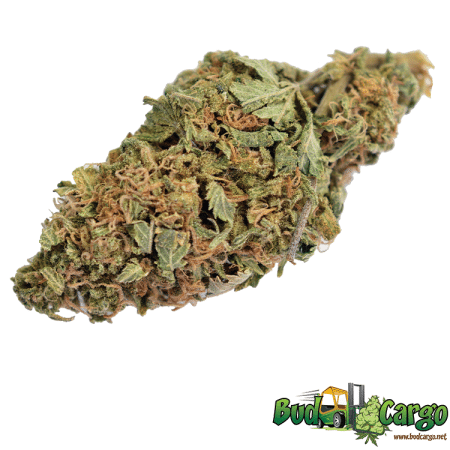
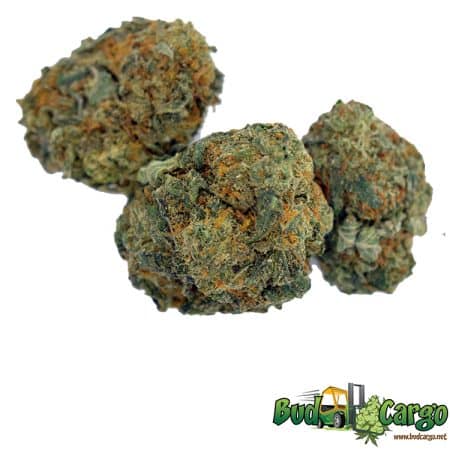
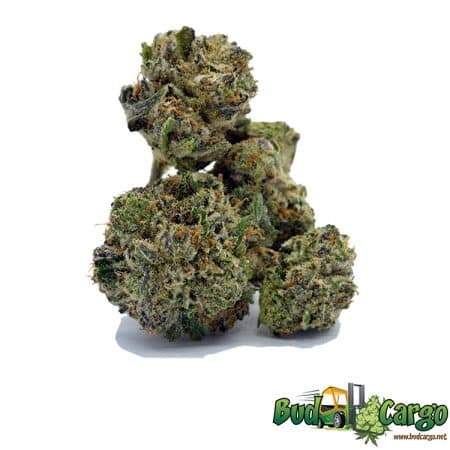

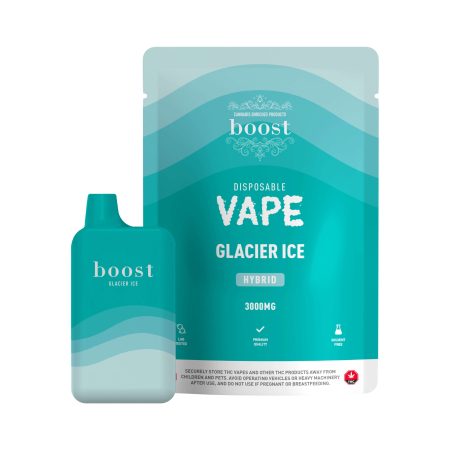
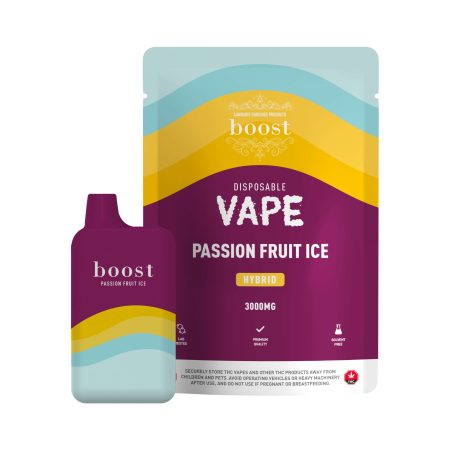

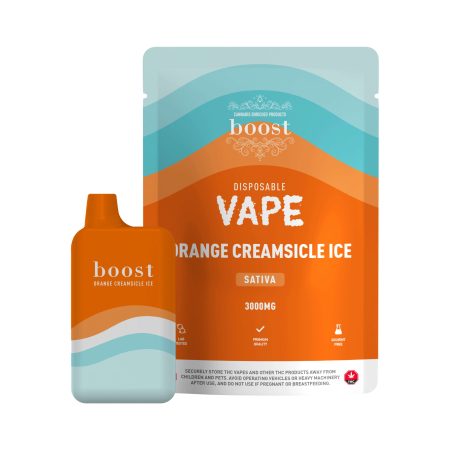
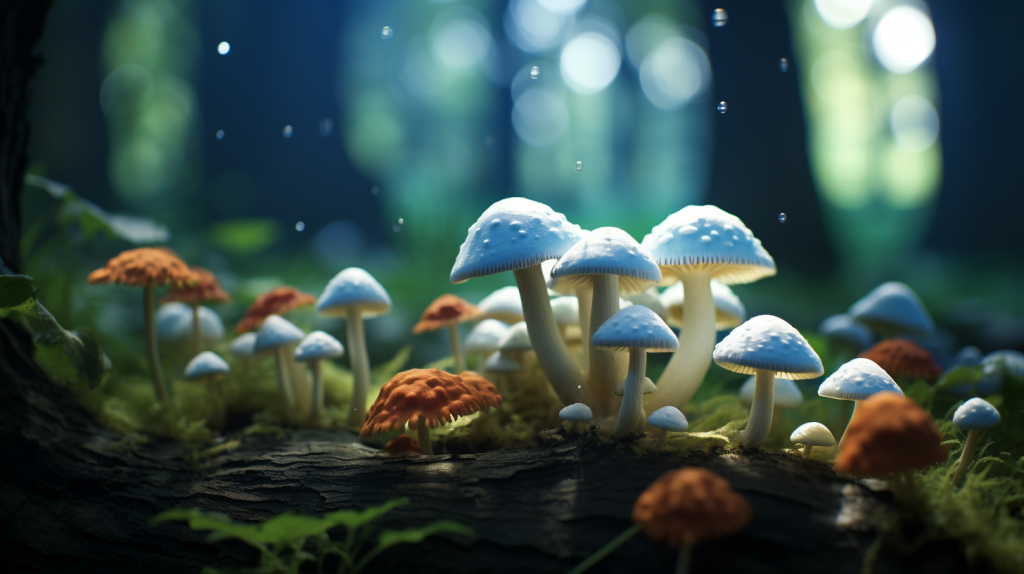
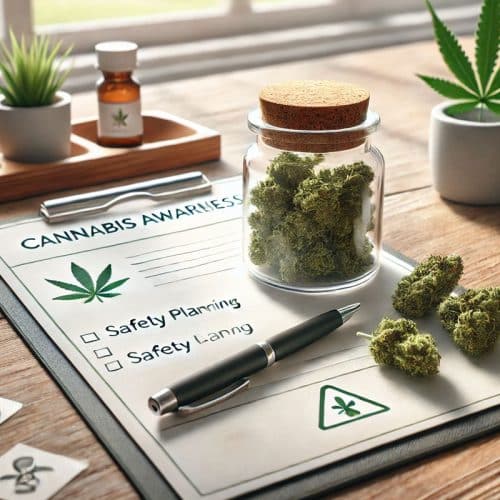
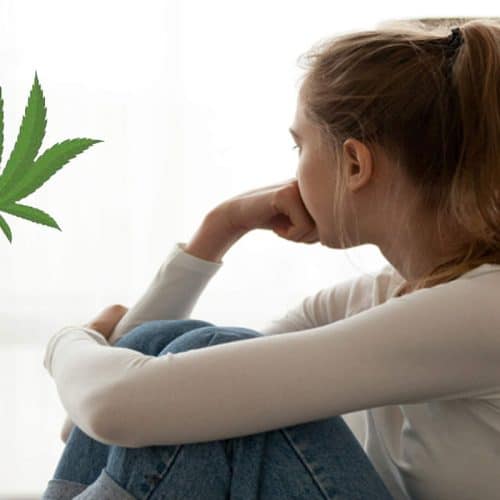
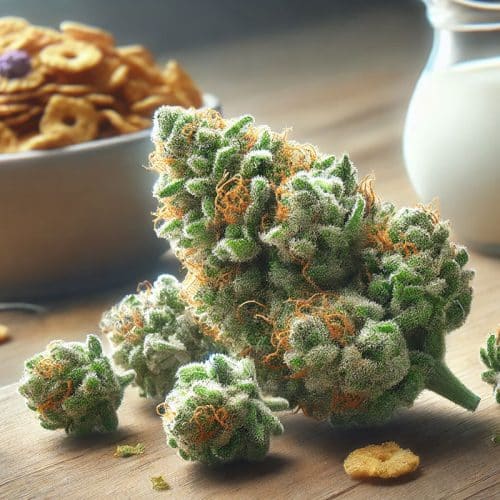
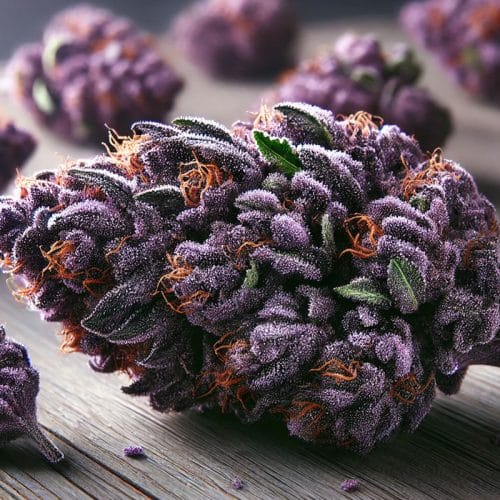
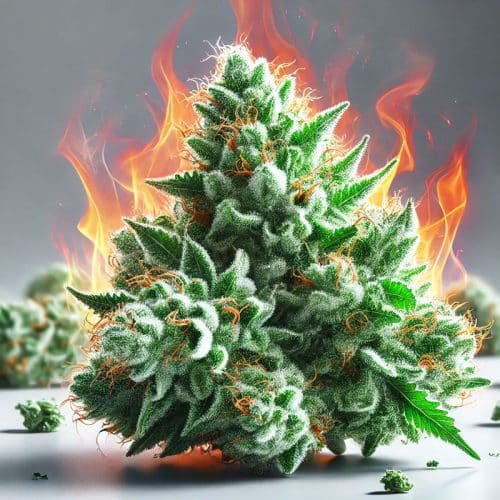




You must be logged in to post a comment.